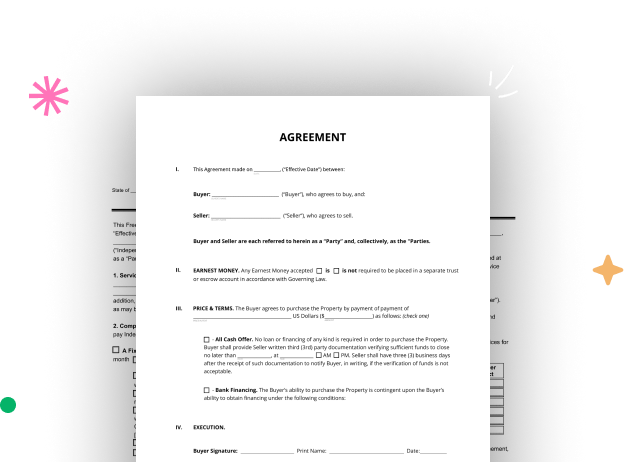

Begin by signing up for a free DocHub account using any offered sign-up method. Simply log in if you already have one.
Try out the complete collection of DocHub's advanced tools by registering for a free 30-day trial of the Pro plan and proceed to build your Indiana State Legal Form.
In your dashboard, hit the New Document button > scroll down and choose to Create Blank Document. You will be redirected to the editor.
Utilize the Page Controls icon marked by the arrow to switch between different page views and layouts for more convenience.
Use the top toolbar to add document fields. Add and configure text boxes, the signature block (if applicable), embed images, etc.
Arrange the fillable areas you added based on your chosen layout. Personalize the size, font, and alignment to make sure the form is straightforward and professional.
Save the completed copy in DocHub or in platforms like Google Drive or Dropbox, or create a new Indiana State Legal Form. Send out your form via email or get a public link to engage with more people.